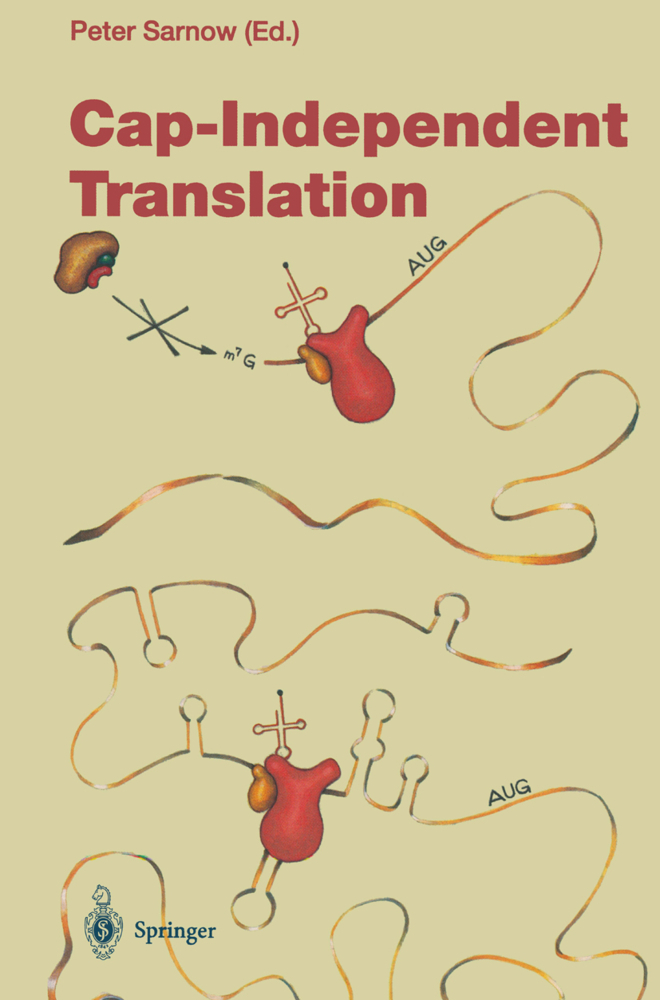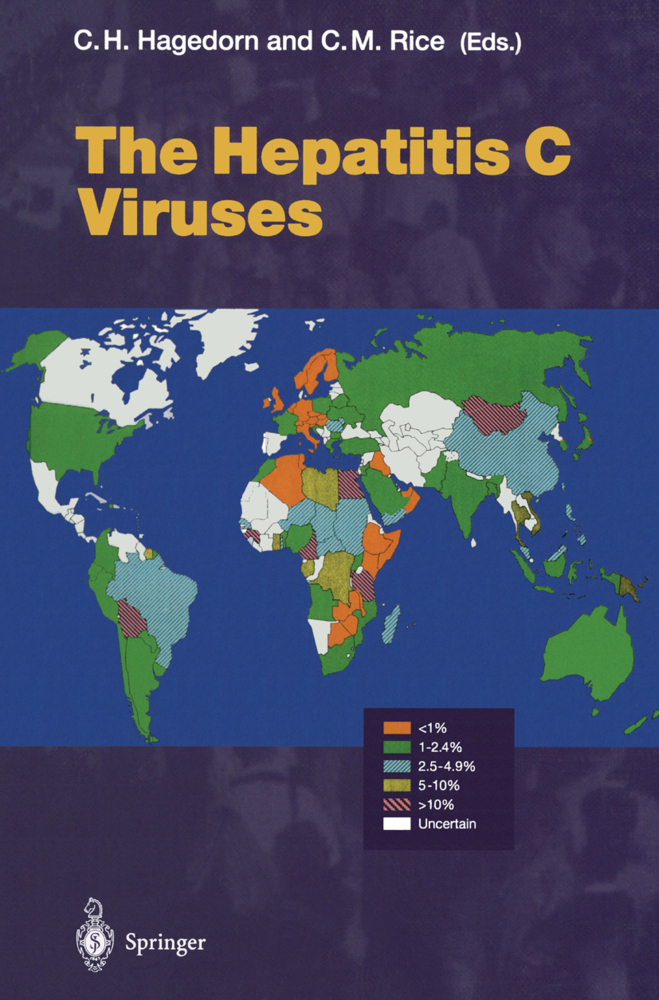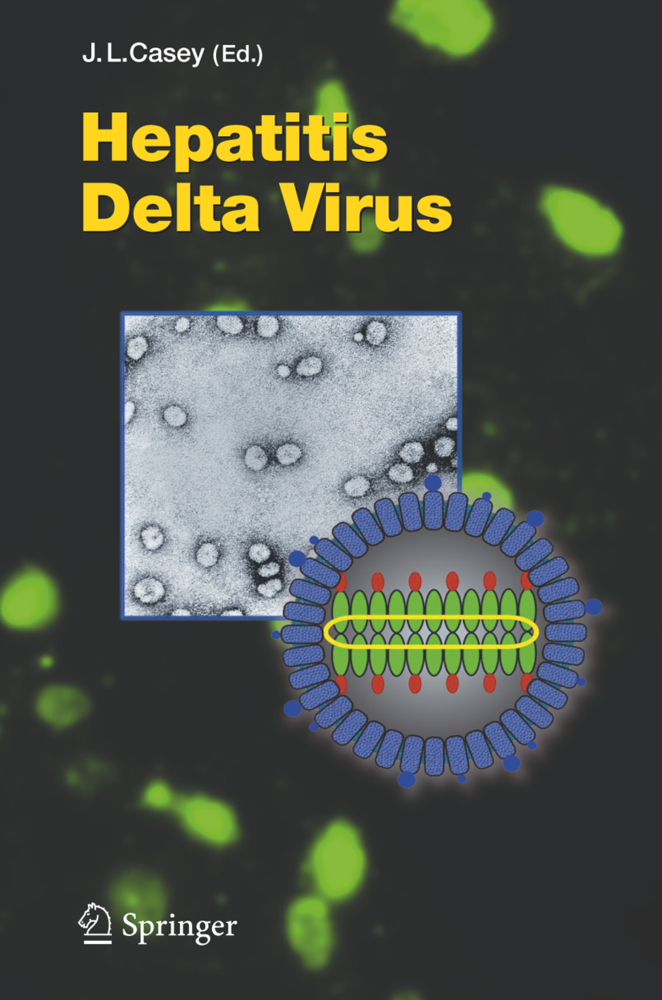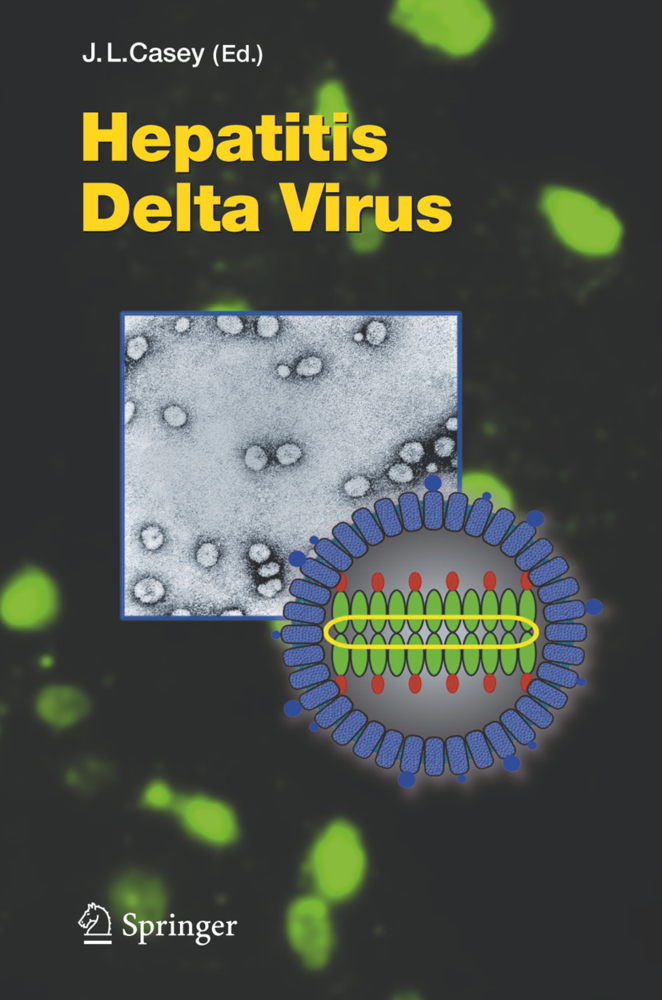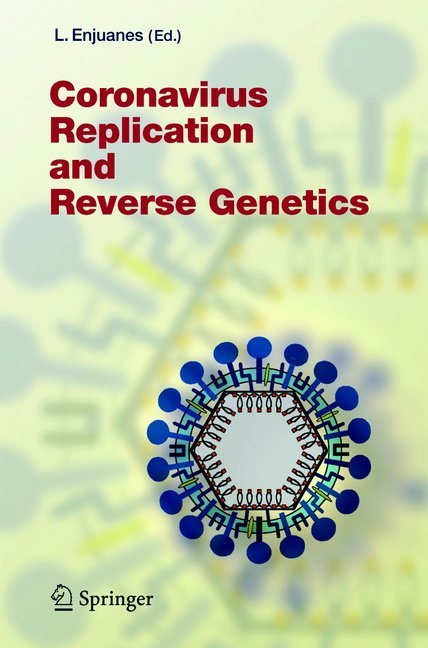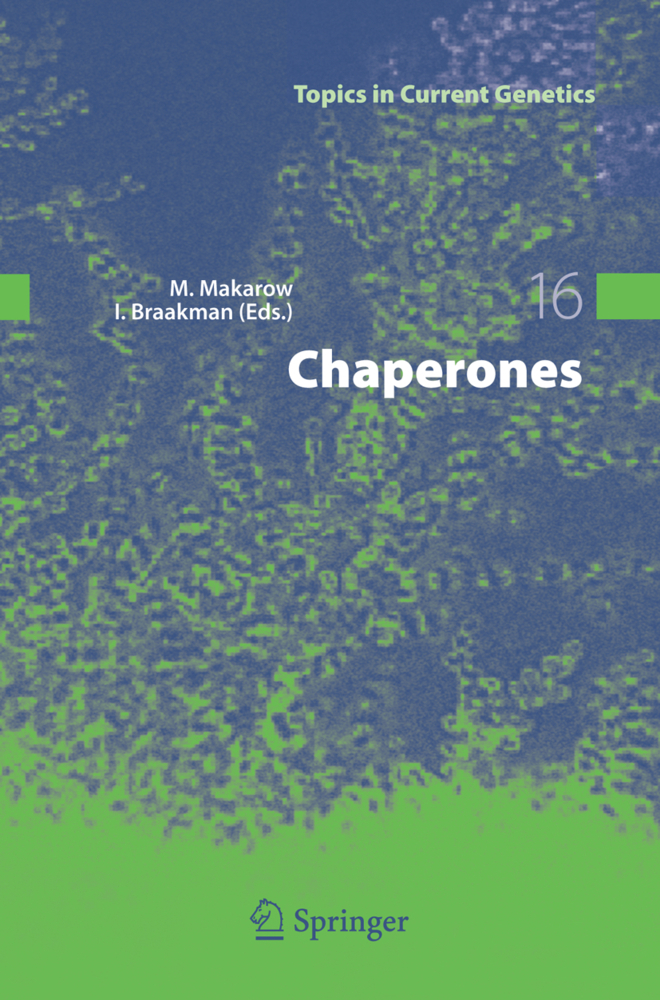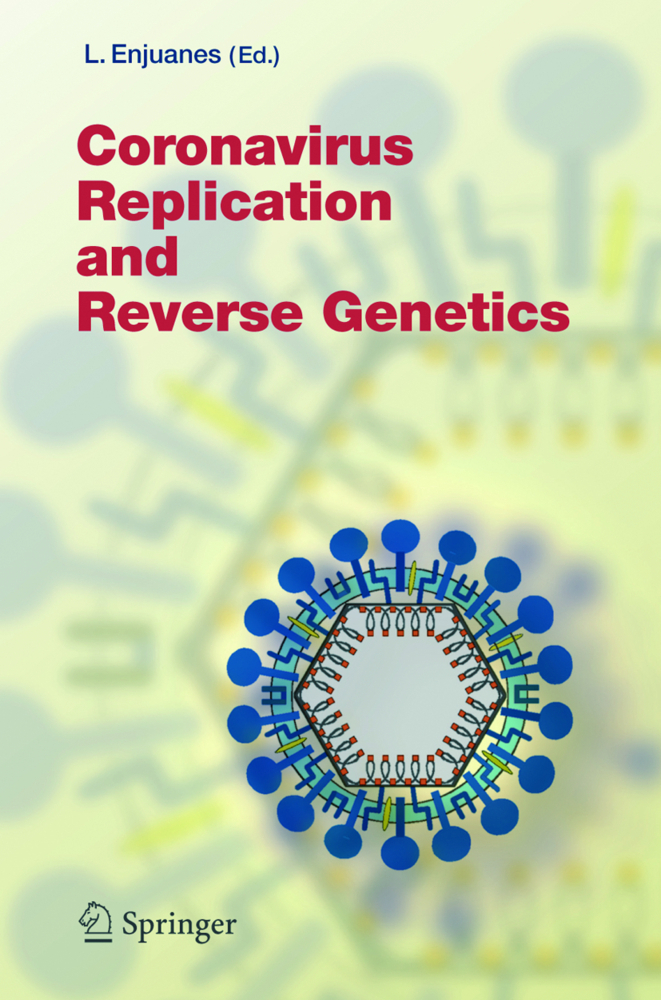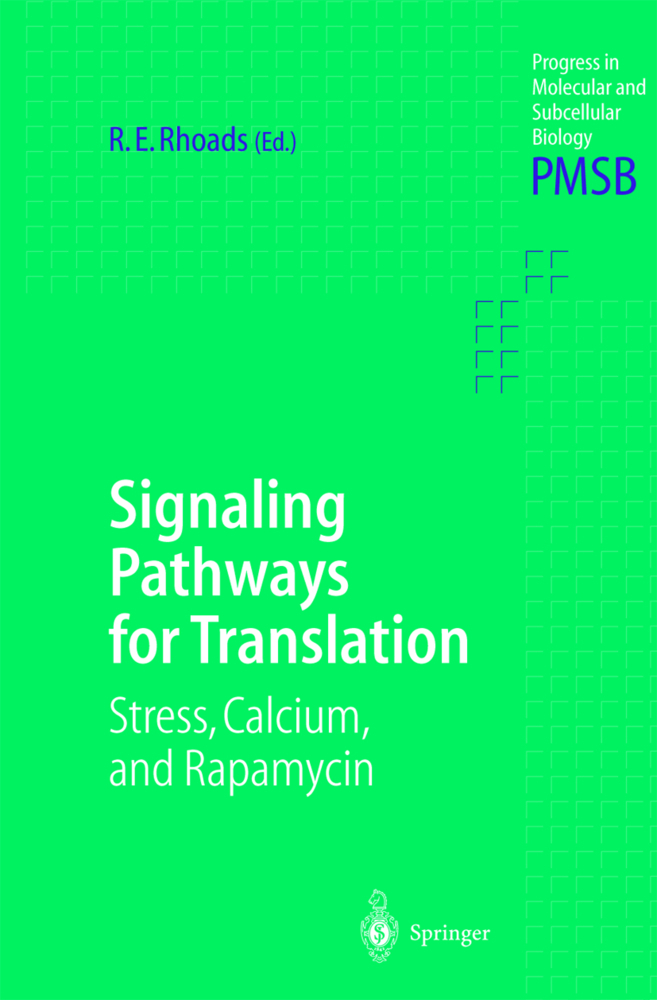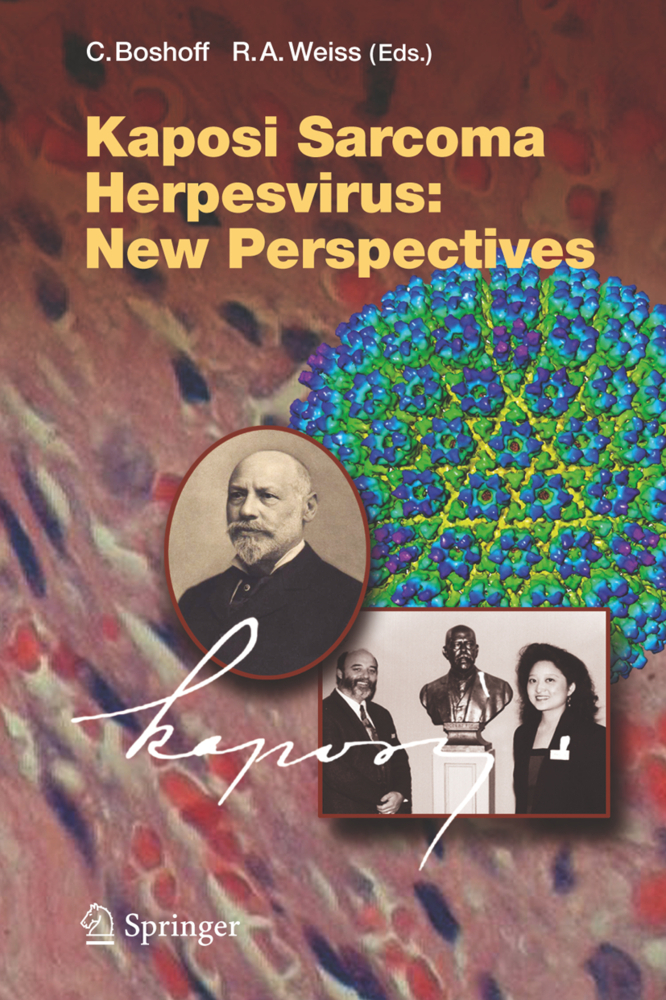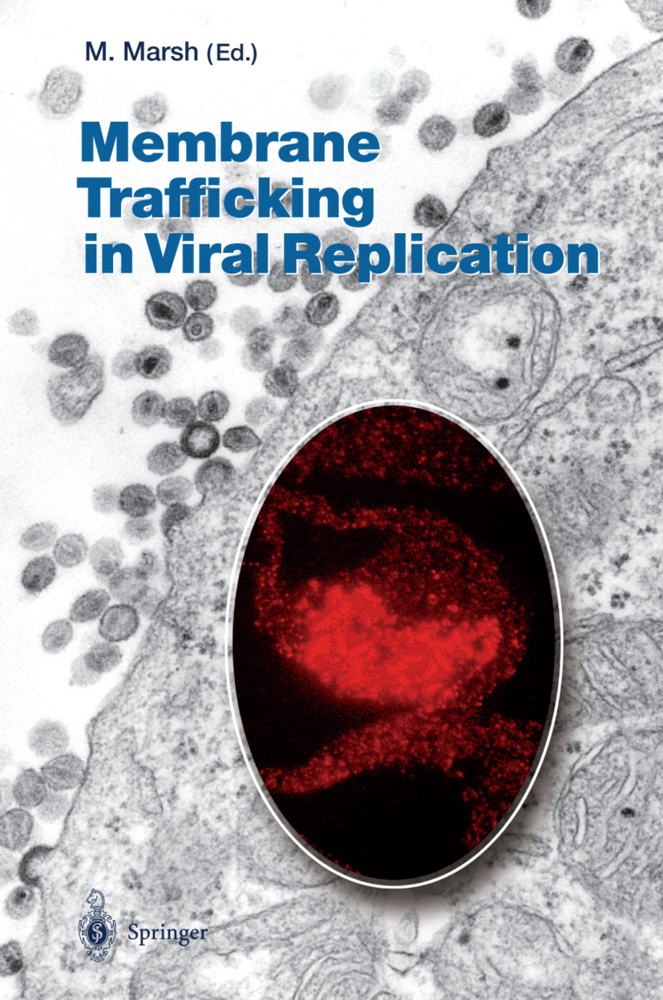Cap-Independent Translation
Cap-Independent Translation
Whether or not an mRNA is translated is often thought to be a simple function of its steady-state concentration and the ab sence of inhibitory proteins or RNA structures in the 5' and 3' noncoding regions. The articles presented in this volume show an unexpected flexibility of the eukaryotic translational appara tus in the mechanism of translational initiation and provide new opportunities for regulation. Most or all mRNA molecules synthesized by RNA poly 7 merase II in eukaryotic cells contain a 5' terminal mGpppG dinucleotide, also known as the "cap structure. " RNAs carrying a cap structure have been shown to be more resistant to attack by exoribonucleases than their uncapped counterparts. Further more, the cap facilitates transport of the RNAs from the nucleus to the cytoplasm. In the cytoplasm, the cap functions as a binding site for the cap binding protein complex eIF-4, which enhances the translation of the RNAs by the eukaryotic trans lational apparatus. Specifically, it has been postulated that bind ing of e1F-4 to the 5' terminal cap facilitates the recruitment of ribosomal subunits onto the mRNAs via their free 5' ends (cap dependent translation). Accordingly, uncapped RNAs are generally translated more poorly than capped RNAs. However, during the past 6 years both viral and cellular mRNAs have been discovered that can be translated cap-independently.
Translation of Encephalomyocarditis Virus RNA by Internal Ribosomal Entry
Anatomy of the Poliovirus Internal Ribosome Entry Site
The Role of the La Autoantigen in Internal Initiation
Structure and Function of the Hepatitis C Virus Internal Ribosome Entry Site
Cap-Independent T ranslation in Adenovirus Infected Cells
Cap-Independent Translation of Heat Shock Messenger RNAs
Cap-Independent T ranslation and Internal Initiation of Translation in Eukaryotic Cellular mRNA Molecules.
List of Contents
Cap-Dependent and Cap-Independent Translation: Operational Distinctions and Mechanistic InterpretationsTranslation of Encephalomyocarditis Virus RNA by Internal Ribosomal Entry
Anatomy of the Poliovirus Internal Ribosome Entry Site
The Role of the La Autoantigen in Internal Initiation
Structure and Function of the Hepatitis C Virus Internal Ribosome Entry Site
Cap-Independent T ranslation in Adenovirus Infected Cells
Cap-Independent Translation of Heat Shock Messenger RNAs
Cap-Independent T ranslation and Internal Initiation of Translation in Eukaryotic Cellular mRNA Molecules.
Sarnow, Peter
| ISBN | 978-3-642-79665-4 |
|---|---|
| Artikelnummer | 9783642796654 |
| Medientyp | Buch |
| Auflage | Softcover reprint of the original 1st ed. 1995 |
| Copyrightjahr | 2011 |
| Verlag | Springer, Berlin |
| Umfang | XI, 183 Seiten |
| Abbildungen | XI, 183 p. |
| Sprache | Englisch |

